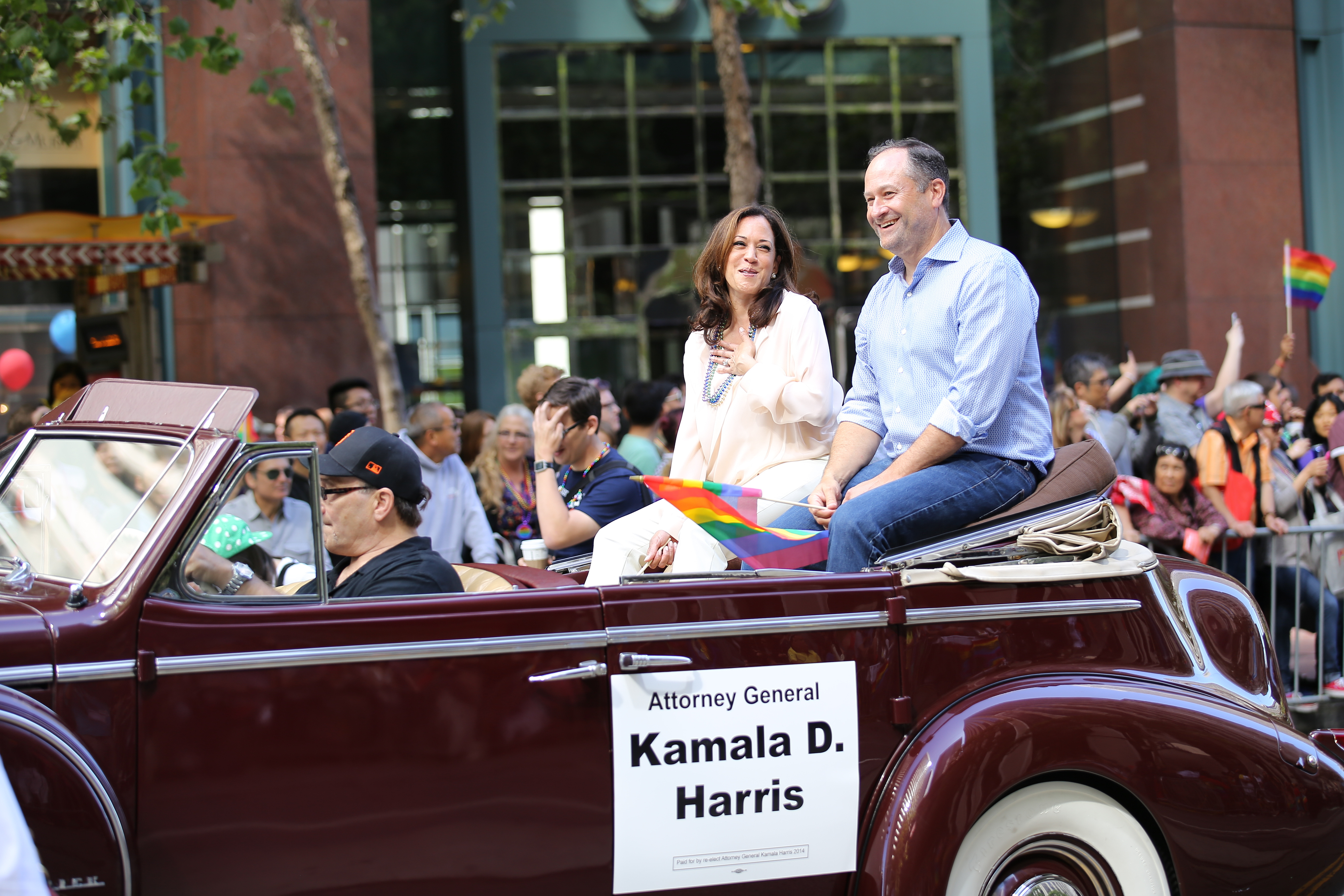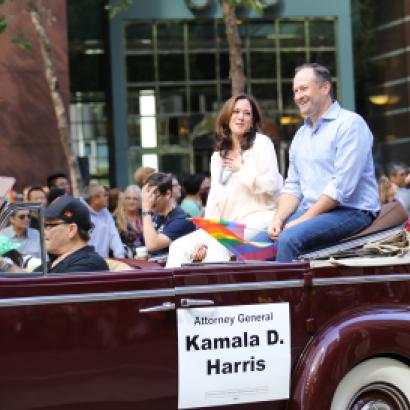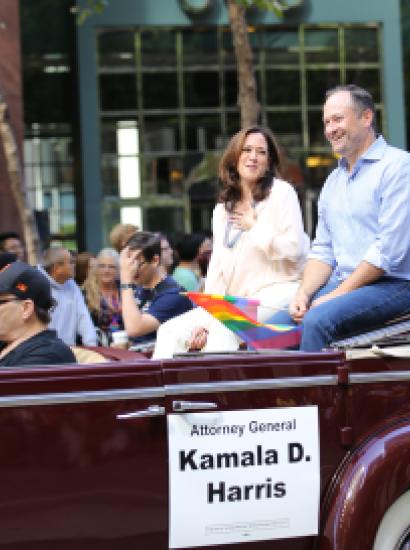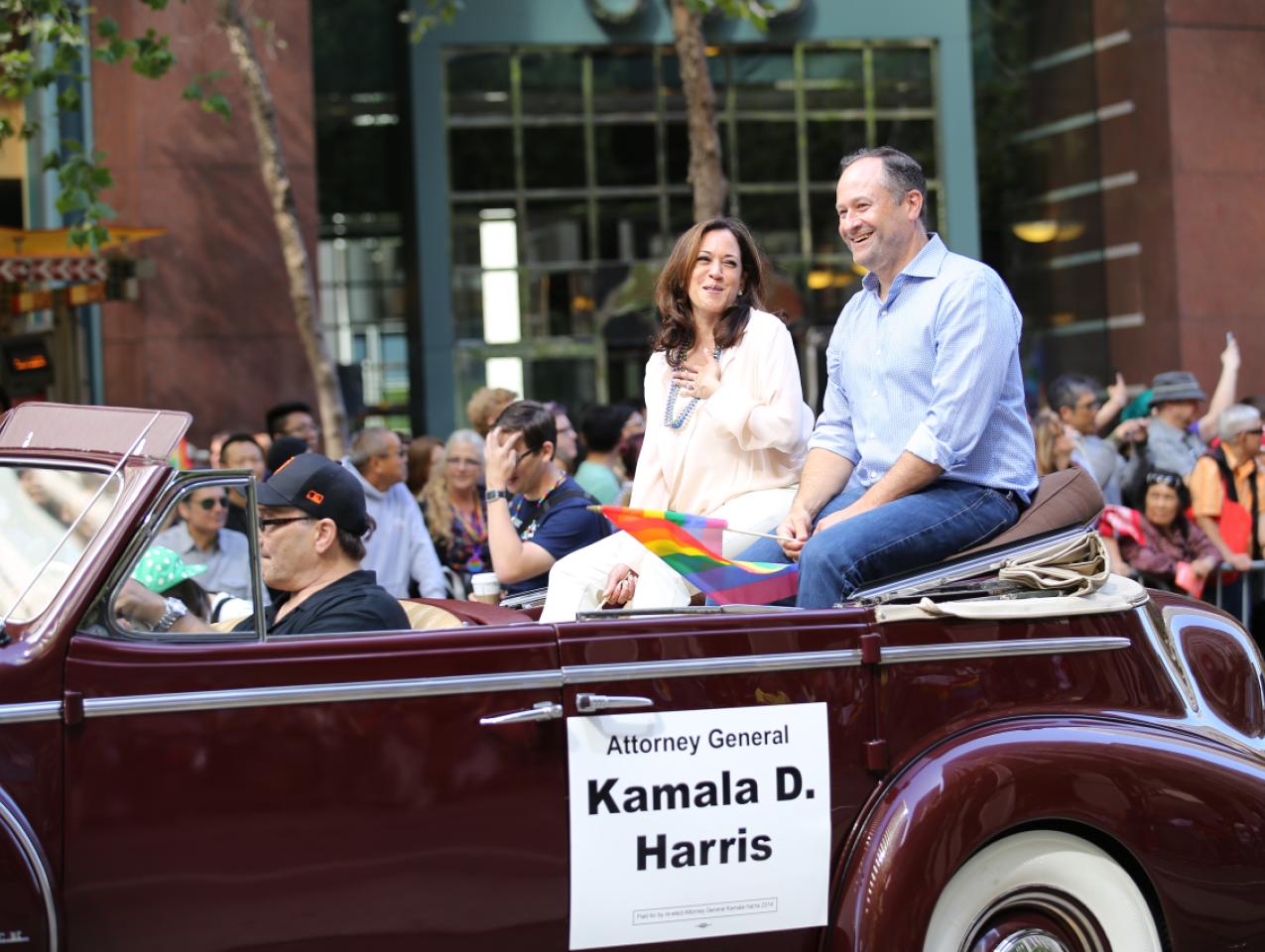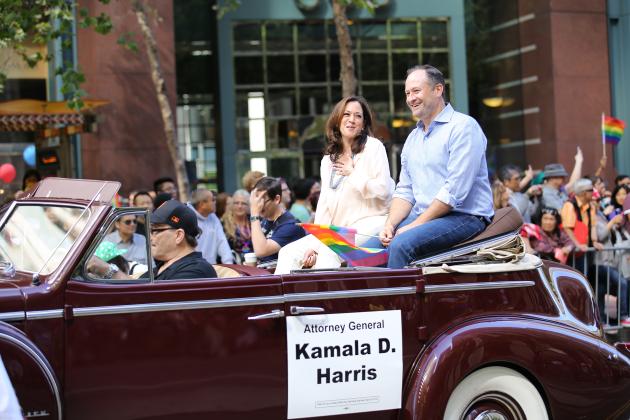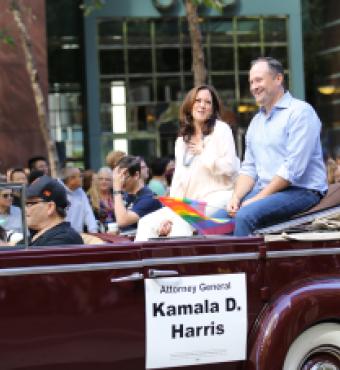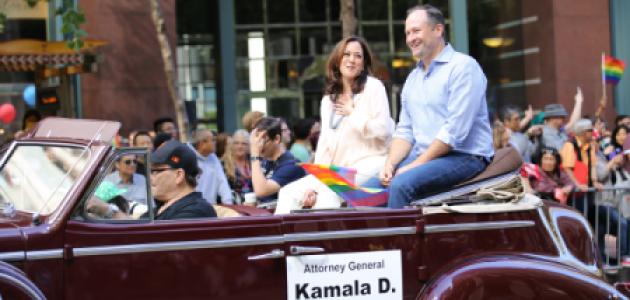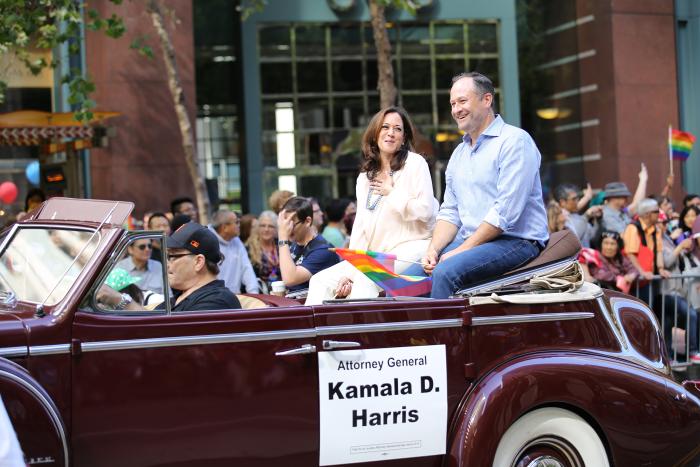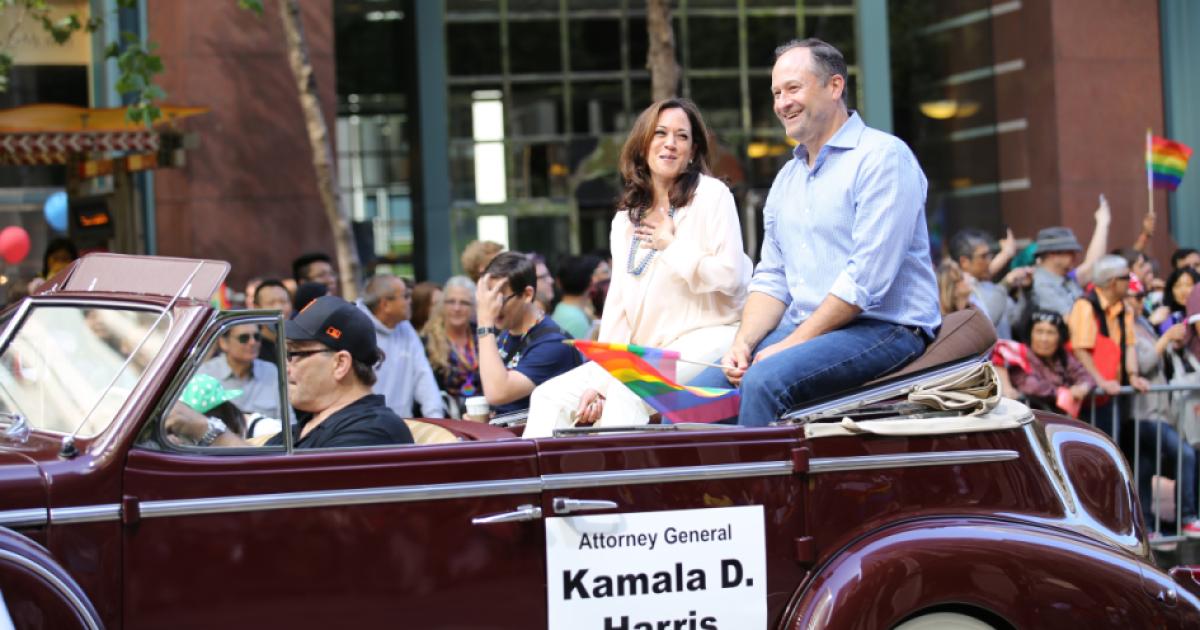- History
- Contemporary
- Politics, Institutions, and Public Opinion
- Campaigns & Elections
- State & Local
- California
- Law & Policy
- Civil Rights & Race
After the 2016 election and too many columns declaring the near-certainty of a Hillary Clinton presidency, I vowed to abstain from the prediction business.
I’m holding myself to that higher standard in 2020, but for now I’m willing to venture so far as to say: with the first vote in Iowa still more than 10 months away, it’s good to be California senator Kamala Harris, who launched her presidential bid in late January.
For two reasons.
First, think of the Democratic presidential field as what remains of the men’s and women’s NCAA basketball tournaments. In the “sweet 16” of competing candidates (actually, there are more than two dozen Democrats either running or considering doing so), there’s a consensus as to the top four “seeds”: Joe Biden, Bernie Sanders, Beto O’Rourke and Harris (this CNN poll from last week shows Harris in third place behind Biden and Sanders).
However, Harris’s fellow top seeds are shaky. With Biden, there’s a question of whether experience trumps excitement. Sanders bothers those party die-hards concerned about the electability of a self-proclaimed “democratic socialist.” O’Rourke, new to the field, is more about concept than concrete ideas.
That leaves Harris with a legitimate shot at winning her party’s nomination. Were that to occur, she’d be the second woman to claim the prize and the first to be biracial (Harris is of Jamaican and Asian Indian descent).
But if Harris comes up short in her quest to be the first Californian to win a party’s nomination since Ronald Reagan? There’s always the second spot on the Democratic ticket.
Again, fate might line up for California’s junior senator.
Should the Democrats nominate a white male to face Trump, the pressure will mount to balance the ticket with a woman—preferably, a woman of color. As of last week, that looked like a ticket featuring Biden and Stacey Abrams, who lost last year’s gubernatorial race in Georgia. That was until Biden’s and Abrams’s camps poured cold water on that speculation.
In a world where Biden, Sanders, and O’Rourke each potentially headline the Democratic ticket, Harris lines up as a natural ticket-balancer (think gender and geography in addition to race).
The question is: would she be treated better than the last California woman to go through this process? That would be Dianne Feinstein, at the time the mayor of San Francisco and presently Harris’s colleague in the US Senate.
In mid-June 1984, a month before the Democrats convened in San Francisco to settle their national ticket, word got out that Feinstein had made Walter Mondale’s list of potential running mates.
“I’m deeply touched,” Feinstein said of the offer to make the pilgrimage to Mondale’s home in North Oaks, Minnesota, to interview with the nominee-in-waiting. “I’m for the first time coming to grips with the fact that I’m actually being considered. I still have a good deal of ambivalence.”
Feinstein continued: “All of a sudden when the call came, it was like one of those flashes and this recognition and there’s a historical impact—that I’m on that list. From now and forever on, mayors will be considered. People who are Jewish will be considered. Women will be considered. It’s crossing that threshold.”
Actually, Feinstein wasn’t the only mayor under consideration back in 1984. So too was San Antonio mayor Henry Cisneros.
Nor was Feinstein the only Californian in the mix; Los Angeles mayor Tom Bradley also made the list.
And, of course, Feinstein wasn’t the only woman under consideration. New York representative Geraldine Ferraro eventually received the nod (ironically, Ferraro was in San Francisco, giving a foreign policy speech, when she was asked to catch a red-eye flight to Minnesota for the big announcement).
Was Feinstein humiliated by the process? No.
Still, she was used as something of prop by the Mondale campaign, which did its best to turn the process into a media spectacle—ten days’ worth of interviews with potential running mates. Feinstein not only had a one-on-one with Mondale but posed with him for photographs afterwards in “a laboriously publicized visit, like nearly everything associated with the fuss over the vice presidency,” as one reporter characterized the photo op.
Why didn’t Feinstein, rather than Ferraro, break the vice-presidential glass ceiling? The shorthand answer might be that Mondale’s brain trust feared an image problem: “a thrice-married Jewish woman from the kook capital of America.”
Fast-forward to 2020: three marriages is no longer a political death sentence, as the current occupant of the Oval Office shows (Kamala Harris, by the way, is in her first marriage).
But San Francisco—and California—as the “kook capital of America”? Perhaps so, if the view is from one of 13 states that are considered to be reliably red states in a presidential election (conversely, California and 14 other states are almost certain to vote Democratic every four years).
But for a party that values its candidates and their home states for their anti-Trump vehemence and “woke” personas, California is hardly a liability. To the extent Harris would be a hard sell to party activists, the problem would be her criminal justice record as a longtime prosecutor, San Francisco district attorney, and state attorney general.
It’s a long way to June 2020 and toward a Democratic nominee playing head games with the media vis-à-vis vice presidential speculation (that’s assuming the Democrats have a winner by the final big push on June 2).
That nominee might tally a long list, as did Mondale. And he or she might keep the press guessing by looking in lots of directions (Mondale’s choices included men and women, governors, senators, congressional members, and mayors, from east, west, north and south—plus one prominent businessman [Chrysler CEO Lee Iacocca, whose political affiliation was sketchy]).
Time will tell if Kamala makes someone else’s list of potential running mates.
Or, if she’s the one making a list of her own.







